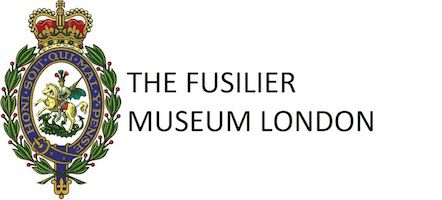For the past week, we have had our work experience at the Fusilier Museum. On our first day, we were informed more about the background of the Fusiliers, and the museum as well; we were also given time to look around the museum itself as well. In addition to this, we got to see how the ‘Modes’ system catalogues all of the pieces that belong to the museum. The system stored a brief profile of the item, and it tells us about where the document is. After this, we were briefed about the project that we were going to work on for the week.
The project was for us to produce an oral piece about the beginning of the First World War, focusing on the 4th Battalion RF. Our main focus was on the 4th Battalion because they were involved from the August the war began. We selected the resources that were going to need to use by using the ‘Modes’ catalogue. In the end, we decided to use Osborne’s diary, the citations of Lt. Dease and Pte Godley who won the first two Victoria Cross of the First World War and personal letters. Using the given resources from the archive, we complied our scripts to record a piece for the museum;
‘Dear Sir, (12.10.15)
It is with the deepest regret that I have to inform you that your son Pte. H. Carter was killed in action on Sept. 19.’
This is the beginning of a letter sent to the father of Pte. Harry Carter to inform him of his death. The family was also given a commemorative scroll which was a more general form of recognition given to those who died. Death pennies were received along with the scrolls, but had to be applied for; they represented the soldiers fighting on land, sea and air. While the letter was more personal, written by a member of the battalion, the scroll was given to all those who had died.
Whilst working on the project, we learnt about who the Fusiliers were and how they ran their regiment during the beginning of the First World War. We also got to see more of the behind the scenes of how a museum is run, rather than just seeing of the displays like normal which was an interesting insight.
To listen to the full recording:
